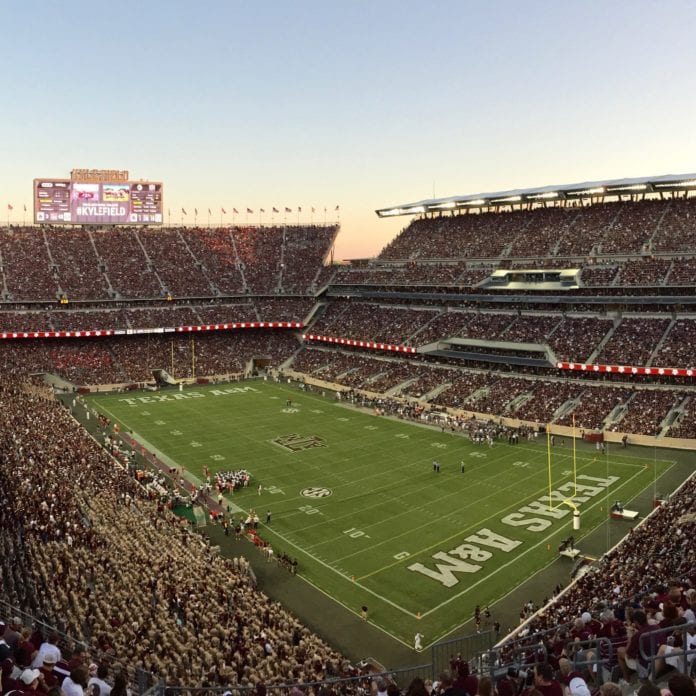Corning sees a move toward all-fiber backbones to support in-building cellular, Wi-Fi, building automation and more.
“It’s not really about [distributed antenna systems] anymore, it’s about connectivity,” Chris Wixom, Corning’s senior director and VP of sales and business development, told RCR Wireless News.
Mentioning recent discussion with Verizon Communications ahead of the carrier’s In-building Technology Users Forum, Wixom explained, “If we’re still building DAS, we’re missing the point. Why is that? With Wi-Fi, with cellular, with other technologies, customers are increasingly concerned about connectivity. You’ve got a lot of efforts with the carriers to drive [heterogeneous networks] and drive convergence, but it’s really more of a converged build that’s going on.”
For example, Corning installed its One Wireless Platform at Texas A&M’s Kyle Field. During a game last season, the system is said to have handled around 8 terabytes of data, but not just Facebook updates and Instagram selfies.
“It’s an amazing thing that was done there through a centralized, all-fiber backbone,” Wixom said. “Wi-Fi, cellular, the point-of-sale system, it’s all done through it. There are all the TVs, the telephones, the media lab, any IP-related device goes over the all-fiber backbone. That’s why we’re saying we’re going to see this evolution of carriers and enterprises wanting to do more with their platforms.”
Wixom did note this new approach to in-building connectivity changes the way Corning and project partners approach the sales and deployment processes. “You’ve got different groups handling different pieces of communications in the building. One of the things we had at Texas A&M was a very strong vice chancellor who drove the teams to work together. That is one of the keys to driving a converged build. It requires you to get in earlier and it does require these different groups to work together. Our relationship with the carriers is changing. We would spend most of our time with the RF engineers. Now we’re spending quite a bit of time with the sales team and going in and talking to customers together.”
Moving to a different vertical, Wixom said this converged build approach also “fits beautifully in a Marriott where you need a triple play of cellular, IPTV and Wi-Fi. In Marriotts, we’re not putting in a DAS; we’re putting in a connectivity system for the building that greatly reduces your cooling, handles your building automation, it’s doing everything.
Along with increasing demands for capacity and competition from nontraditional technologies, Wixom said “5G” creates “the need for low-latency back to a centralized, virtualized source. Those things are driving the need for broadband pipes at the edge.”

